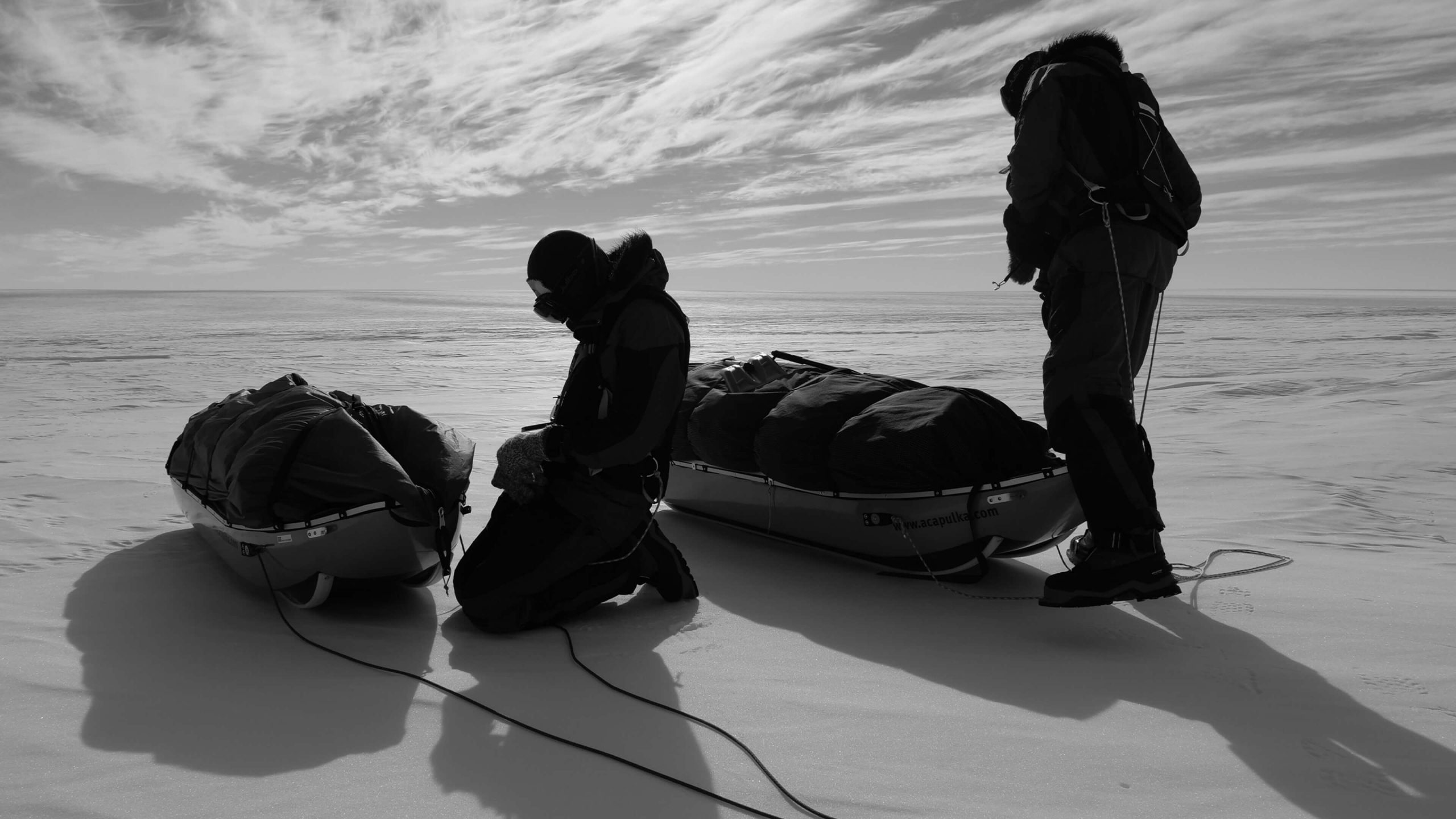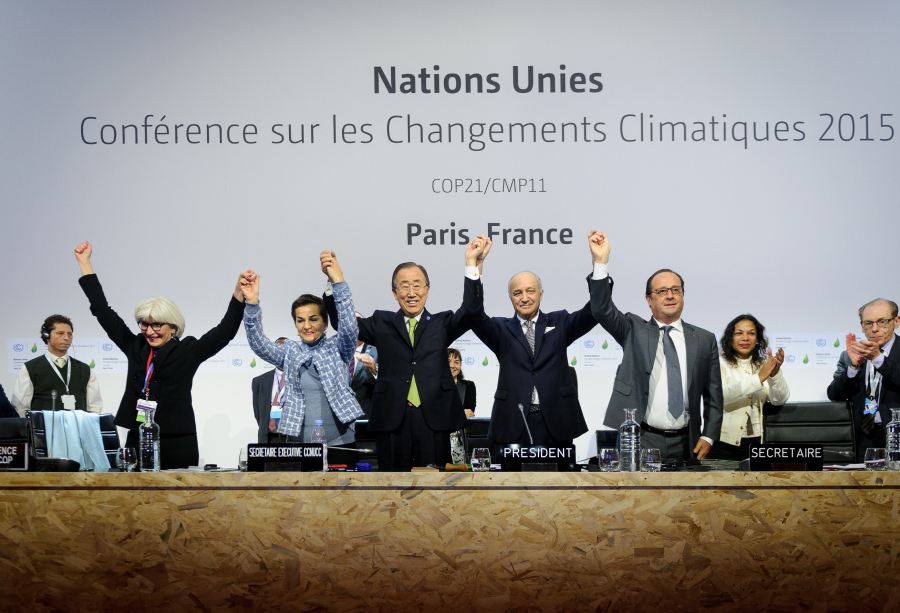
An Antarctic Odyssey
Barney Swan woke up as usual on the morning of January 5th, 2018; his feet, however, did not. This was not entirely unexpected. He was in Antarctica, on day 45 of his 600 nautical mile trek to the South Pole, and he had been going through the same ritual every day since his boots had cracked from the cold a little over two weeks before.
“After about day thirty my feet were pretty cold during the day, but they would warm up at night,” he said. (It was summer in Antarctica; there was no sunset.) “They would feel like pins and needles at first, and eventually like razors when they warmed up.”
On day 45 though—even after trudging 10 nautical miles that day, uphill, on skis, with a 200-pound sled strapped to his torso—nothing. “They just didn’t wake up.” Swan was traversing those 600nm in order to complete the South Pole Energy Challenge (SPEC), which called for him and his team to walk to the geographic South Pole using only renewable energy sources.
Swan had created, planned, and undertaken the endeavor with his 61-year-old father, Robert Swan, OBE, who was himself a well-known adventurer—possibly the greatest living one—and an ideal travel companion, since he had already been there.
In the mid-1980’s, guided only by “sun, sextant, and watch,” Robert completed a 900-mile trek, unaided, through the Antarctic terrain to reach the Pole. And then, a few years after that, in 1989, he turned around and made his way north to become the first person in history to walk to both geographic Poles.
Five years before SPEC, he and his son began to talk about making another trip. Some fathers and sons bond over games of catch or gray mornings on a fishing boat; the Swans bond over two-month expeditions through the most inhospitable conditions on Earth. Every family has its traditions.
SPEC was the latest in a long line of projects and outreach efforts set up by Robert Swan’s 2041 Foundation, a company he launched to catalyze “effective solutions within lifestyle, business, and education to encourage autonomy in our carbon neutral future.” The spirit of the Foundation revolves around the idea that Earth’s environmental future is the product of our decisions, both small (food choices at the market, carpooling) and large (investment in ocean cleanup, forestation projects). Its goal is essentially to inspire us to make better ones.


The Foundation got its name from the year that the Protocol on Environmental Protection to the Antarctic Treaty, which was signed in 1991 and prohibits drilling and mining in Antarctica for 50 years, can be renegotiated. Swan fears for the permanence of the ban, a fear that appears to be well-founded.
As the date approaches, the race for Antarctic footholds is escalating: 29 nations have established or have plans to establish scientific research bases on the continent. (Conducting scientific research is a requirement for a seat at the renegotiation table.) China alone has four, along with plans for a fifth, to go along with a second ice-breaker ship and an air squadron (and accusations by other countries of “undeclared mineral resource exploration”). The United States has six.
“Antarctica really is the line in the snow,” Barney Swan told me. “If those ice caps around Antarctica start to melt it’s like pulling a cap on something—trillions of tons of ice just pouring into the ocean. It has the potential for catastrophic climate change on a scale that we can’t even imagine at a pace that we’ve never seen before.”
SPEC was the Swans’ proportional escalation in response: it is the most dangerous, dramatic, and, perhaps most importantly, well-publicized of 2041’s projects to date. It required two years of logistical planning, a year of physical training, and it received sponsorships from some of the world’s leading environment, technology, and energy companies, including Shell, Commvault, and the W-Foundation. Much to the Swans’ delight, it has also received almost 400 pieces of news coverage and reached an estimated audience of 570m people.

When the hole in the ozone layer was first reported in Nature in 1985, Robert Swan was far from the typical circulation routes for science journals. He was in Antarctica, hunkering down in the shelter he had built himself, waiting out the long winter before departing for the Pole the following summer.
In a 2010 interview with Sabotage Times, he described the situation. “The only way you could do it back then, we had to buy a ship, sail it from London to Antarctica, build a hut… live in the bloody thing for nine-and-a-half months, five of us, and then three of us strike out for the Pole.” He was in Antarctica for almost a year; the march itself took 70 days.
The findings in that issue of Nature would not have surprised him. He and his partners spent the majority of their walk directly under the hole he hadn’t been told was there, and their experience corroborated the research. “Our faces were burning off. We just had a really strong feeling that something wasn’t right.” He still bears the effects: the UV exposure was intense enough to permanently bleach Swan’s already-light eyes a frosty sky blue.
The effects of climate change were even more manifest a few years later, on the other side of the globe. He set off for the North Pole in March, after the winter freeze but before the summer ice melt, only to find himself slipping and sliding over a crumbling Arctic ice sheet. “We were walking across ice that should not have been melting,” he said in the same interview. It was supposed to start melting in August. “We damn nearly all died.”